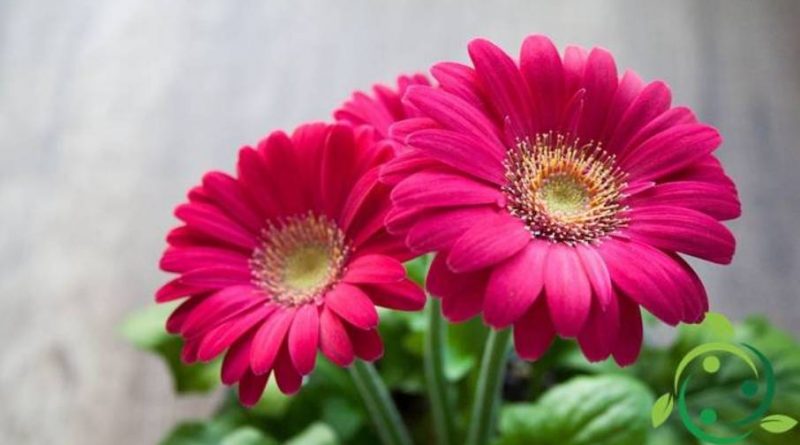How to grow Gerbera
How to grow Gerbera
Gerbera is a genus of herbaceous flowering plants (Gerbera L.) of the Asteraceae family, originating in Africa, Asia and South America.
Gerberas, as well as for growing in pots or gardens, are industrially grown for the production of cut flowers. The species that is mainly cultivated, in its numerous hybrids, is the Gerbera jamesonii Bolus ex Hook. f ..
In this card we will see how to grow Gerbera following the agronomic tricks and the most useful cultivation techniques for this plant.
For their cultivation the gerberas need very bright, moderately dry and well ventilated positions.
They can be grown in direct sunlight but, in warmer areas, direct rays, especially during the hottest hours, can seriously ruin the leaves.
To choose the growing medium, particularly draining soils should be preferred; in fact the gerbera does not tolerate the water stagnations that can cause in a short time the appearance of rot and death of the plant.
If the gerbera is cultivated in pot it is good to make a soil with 40% sand, and the rest, in equal parts of soil for flowering plants and peat. At the bottom of the pot a layer of a few centimeters of very large gravel or expanded clay will be placed which will act as a further draining layer.
The gerbera watering should be moderate: in any case it is advisable to wait for the substrate to dry completely (even in depth) before adding water again.
For fertilizing it is good to rarely give a balanced NPK (nitrogen, phosphorus and potassium) fertilizer in very mild doses, if cultivated in pots; for the cultivation in full ground it is better to bring before the spring plant a good quantity of organic substance (mature manure, earthworm humus, etc.) and well mixed in the layer up to 30 cm.
Gerbera is a plant that tolerates winter well if kept away from rain, frost and watered very little. The plant reacts at temperatures steadily lower than 13 ° C by going into vegetative stasis (dormancy) during which it can completely lose the aerial part to produce it again when the first spring warmth arrives.
For the multiplication of the gerbera it is possible to proceed by delicately carrying out a division of the tufts for the most developed specimens or with the sowing in seedlings or terrines kept at a good temperature and kept poorly humid.
Once the small seedlings are obtained, they will have to be planted when they have reached the complete development with some leaves besides the cotyledons.
As for diseases and adversity, it must be said that gerbera is a fairly robust plant and is rarely attacked by parasitic insects.
Aphids that can be eliminated with natural products, such as Marseille soap, can create problems.
On the other hand, the possibility of fungal attacks which in general occur in cases of very high environmental humidity, lack of ventilation and brightness is more delicate. It is important to prevent these attacks by carefully dosing the waterings and the environmental humidity.
In case of attack from root rot (caused by Fusarium, from thielaviopsis basicola and phytium) the first symptoms are brown spots on the leaves that expand and lead to the rapid deterioration of the plant. In this case, deal with copper or ziram products. In case Oidium, or Mal Bianco, deal with sulfur products or with specific products.

